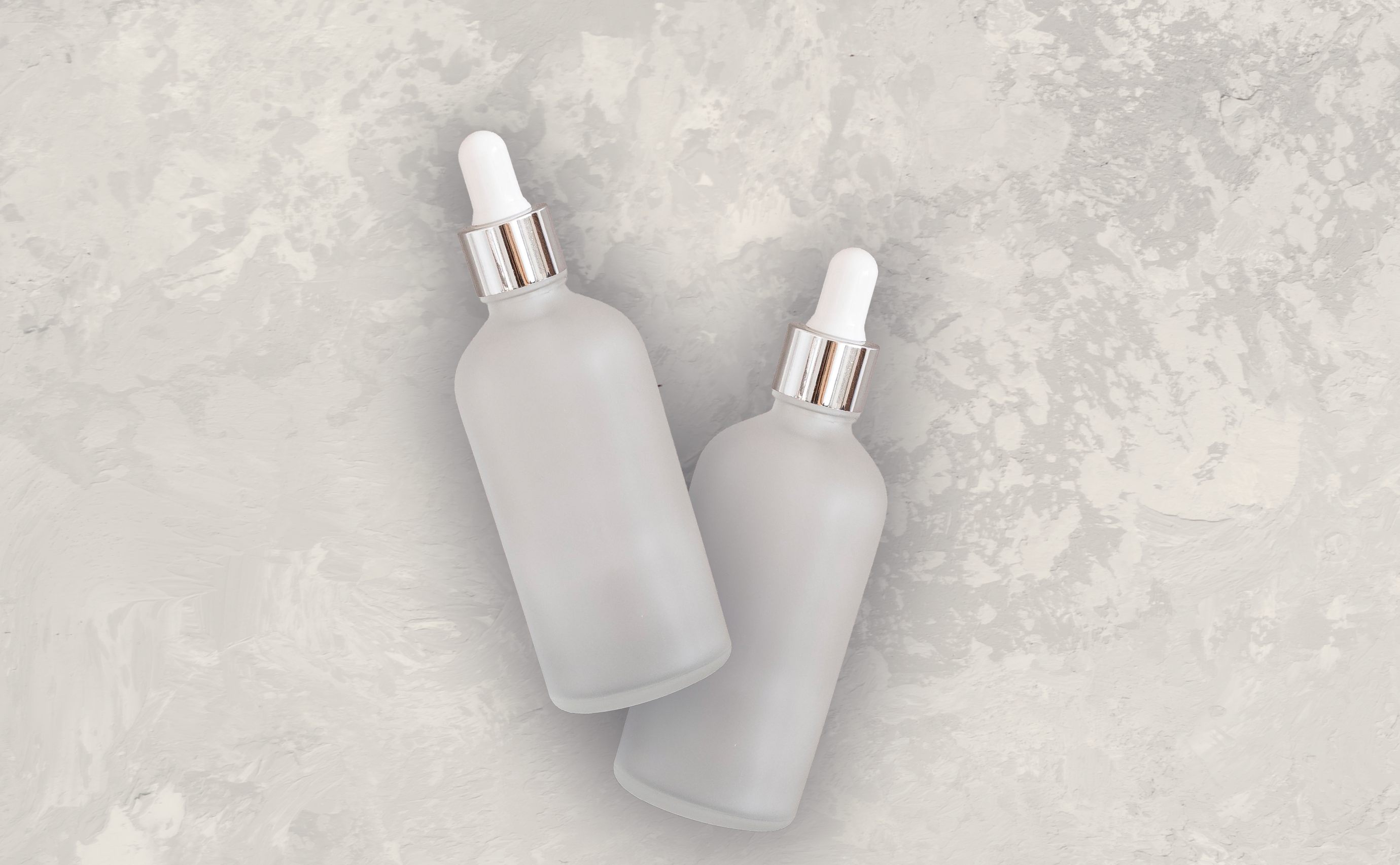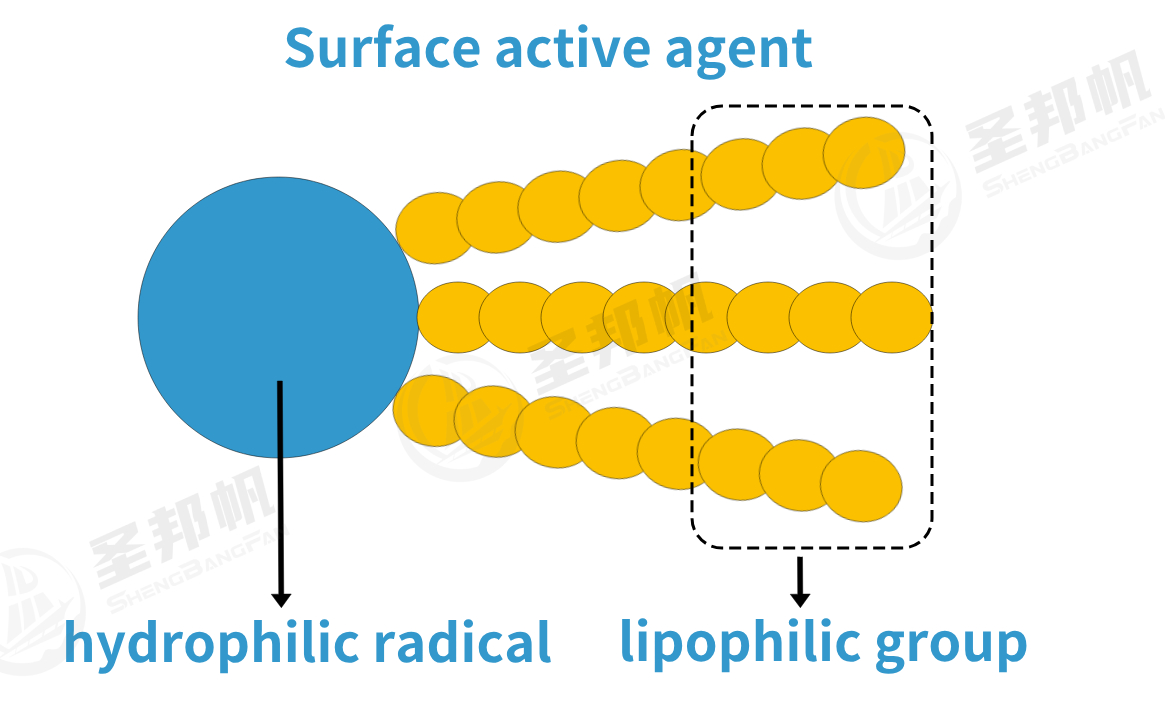A brief discussion on the application of silicone in cosmetics

Silicone is a class of compounds with a unique chemical structure, which is widely used in many fields, especially in the cosmetics industry, where its role is becoming more and more significant. Silicone is a semi-inorganic, semi-organic polymer compound with a helical structure in space. This determines that it has many excellent properties: lubricity, hydrophobicity, physiological inertness, resistance to ultraviolet radiation and compatibility, etc., which provide various possibilities for improving the performance of cosmetics. As consumers' requirements for product performance and usage experience increase, silicone has become an important ingredient in cosmetic formulas due to its excellent properties.
2. Silicones commonly used in cosmetics
The main silicone products used in cosmetics today include: dimethyl polysiloxane, methylphenyl polysiloxane, hydrogen silicone oil, cyclic polysiloxane, methyl polysiloxane emulsion, polyether modified silicone oil, alkyl modified silicone oil, amino modified silicone oil, silicone wax, silicone resin, silicone elastomer and silicone treated powder series.
3. The role of silicone in cosmetics
3.1 Moisturizing performance
Silicone can form a protective film on the surface of the skin, reducing the evaporation of water, thereby effectively maintaining the moisture of the skin. This moisturizing property makes silicone a common ingredient in many skin care products, creams and lotions, especially suitable for people with dry skin.
3.2 Lubrication and smoothness
The molecular structure of silicone gives it good lubricity, which can bring a silky touch when applied. This property makes silicone widely used in basic cosmetics such as foundation, concealer and eye shadow, improving the product experience and making the makeup more natural and docile.
3.3 Application of thickeners
In lotions and creams, silicone can be used as a thickener to help maintain the stability and consistency of the product. By adjusting the silicone content in the formula, different textures can be achieved to meet the diverse needs of consumers for the product.
3.4 Waterproofness
The hydrophobicity of silicone makes it widely used in waterproof cosmetics, such as sunscreen and mascara. These products usually need to maintain a lasting effect in water and sweat, and the use of silicone can enhance the water resistance and durability of these products.
3.5 Smooth effect
Silicone can effectively improve the smoothness of the skin and make the skin look more delicate. This property is widely used in various cosmetics to help consumers achieve the desired makeup effect and enhance self-confidence.
3.6 Antioxidant property
Certain silicone compounds have antioxidant properties that can help protect the skin from environmental damage. This makes silicone in skin care products not only to improve the texture, but also to provide additional protection.
3.7 Formula stability
Silicone can improve the stability of cosmetic formulas and extend the shelf life of products. By improving the compatibility of the formula, silicone can prevent the ingredients from stratification or deterioration, ensuring the safety and effectiveness of consumers when using it.
4 Common Applications of Silicone Oil in Cosmetics
Silicone oil is a colorless, odorless, transparent liquid. It is one of the least toxic products in cosmetics. It is non-irritating, non-allergic, non-stinging, and has a neutral reaction to human skin. It is an excellent material for modern cosmetics. There is a large distance between silicone oil molecules, and the molecular force is much weaker than that of hydrocarbons. It has low surface tension and high surface activity. Therefore, silicone oil has excellent defoaming and anti-foaming properties and good film-forming properties. It can easily form an extremely thin film. When used in cosmetics and applied on the human face, it is like covering the human face with an extremely thin gauze mask and protecting the skin. Silicone oil is hydrophobic and insoluble in water. Silicone oil has excellent isolation and lubricity with other substances. It has the ability to block moisture without affecting breathability. It has a high glossiness, which makes the skin brighter. In addition, silicone oil has excellent compatibility with other cosmetic raw materials.
Polysiloxane Features Applications | Polysiloxane Features Applications | Polysiloxane Features Applications |
Dimethyl polysiloxane Combing properties Two-in-one shampoo | Dimethyl polysiloxane Combing properties Two-in-one shampoo | Dimethyl polysiloxane Combing properties Two-in-one shampoo |
Methylphenyl polysiloxane Compatibility Hand balm, lipstick | Methylphenyl polysiloxane Compatibility Hand balm, lipstick | Methylphenyl polysiloxane Compatibility Hand balm, lipstick |
Cyclomethicone Volatility Antiperspirant, body lotion | Cyclomethicone Volatility Antiperspirant, body lotion | Cyclomethicone Volatility Antiperspirant, body lotion |
Methyl hydrogen polysiloxane Hydrophobicity Powder treatment, foundation | Methyl hydrogen polysiloxane Hydrophobicity Powder treatment, foundation | Methyl hydrogen polysiloxane Hydrophobicity Powder treatment, foundation |
Polyether modified siloxane Emulsification Shampoo, conditioner | Polyether modified siloxane Emulsification Shampoo, conditioner | Polyether modified siloxane Emulsification Shampoo, conditioner |
Betaine modified siloxane Foaming Low-irritation shampoo | Betaine modified siloxane Foaming Low-irritation shampoo | Betaine modified siloxane Foaming Low-irritation shampoo |
Polysiloxane gel Touch, spreadability Foundation | Polysiloxane gel Touch, spreadability Foundation | Polysiloxane gel Touch, spreadability Foundation |
Amino modified silicone oil High reactivity and adsorption Hair care products | Amino modified silicone oil High reactivity and adsorption Hair care products | Amino modified silicone oil High reactivity and adsorption Hair care products |
5 Application of silicone surfactants in cosmetics
Silicone surfactants are a kind of surfactant with large usage in the daily chemical industry. They can be used in various cosmetics and used as emulsifiers in essences and shampoos. They have the functions of emulsification, foaming, dispersion and solubilization. They can make shampoo foam rich, fine and stable, and have antistatic effect. Silicone surfactants have no side effects on the human body. They can form a protective film of fat layer on the surface of the skin to prevent skin dryness. They are excellent skin lubricants and moisturizers. They are especially suitable for preparing emulsifiers and emulsion stabilizers for facial and eye cosmetics. At present, polyether silicone is widely used. By using the characteristics of polyether silicone oil, which is water-soluble, emulsifiable, surface active and physiologically inert, it can be added to personal protective products to produce skin care products that are colorless, odorless, non-irritating to the human body, and do not affect the normal breathing and sweating of the skin. It can also reduce the surface tension of cosmetics, which is conducive to spreading on the skin and hair. It has moisturizing and retention properties, gives hair luster, antistatic, and good bacterial inhibition. It is an excellent cosmetic auxiliary agent, and its role is becoming more and more prominent. It has become a fast-growing and highly worthy product.

The surface activity of modified polysiloxane in water phase or oil phase depends on the type and number of modified groups. Oil-soluble polysiloxane can improve the diffusion capacity of oil and paraffin, and can be directly applied to cosmetic and skin care product formulations; modified hydrophilic polysiloxane can be mainly used in the formulation of shampoo and foam solution. In addition to the above-mentioned silicone surfactants, long-chain alkyl-modified polysiloxanes, polysiloxane sulfonates, polysiloxane thiosulfates and aminosiloxanes have also been used in cosmetics. The role of polysiloxane surfactants in daily cosmetics is becoming more and more prominent, becoming a rapidly developing and noteworthy product. Cationic, anionic or nonionic silicone emulsions can be used in the production of cosmetics.
6 Applications of other common silicone products
Among them, silicone elastomers are often used in oil phase formulas to deliver soft, elastic, silky powdery texture and matte soft focus effect, while thickening the oil phase and improving the stability of the formula. After drying, it forms a natural film to prevent color migration and enhance water resistance. Silicone resin can form a hydrophobic protective film, enhance the adhesion of dimethyl polysiloxane, and as a film-forming agent, it has strong water resistance and the ability to prevent pigment migration. In addition, silicone wax is easy to use in aqueous systems, providing a soft and silky skin feel and reducing stickiness, especially in shampoo and hair care products, it can improve the foam volume of cleansers and shampoos.
The application of silicone in cosmetics demonstrates its versatility and superior performance. With the development of science and technology and the change of consumer demand, the application of silicone will be more extensive in the future. Whether in skin care products or makeup products, silicone will continue to play an important role and bring better use experience and effects to consumers.
